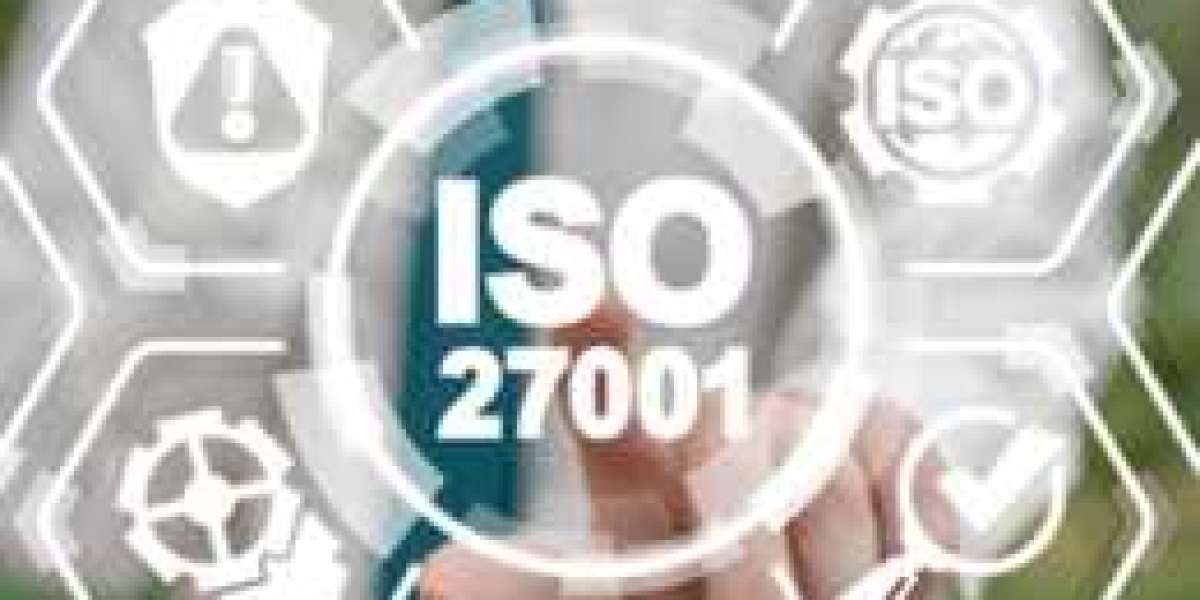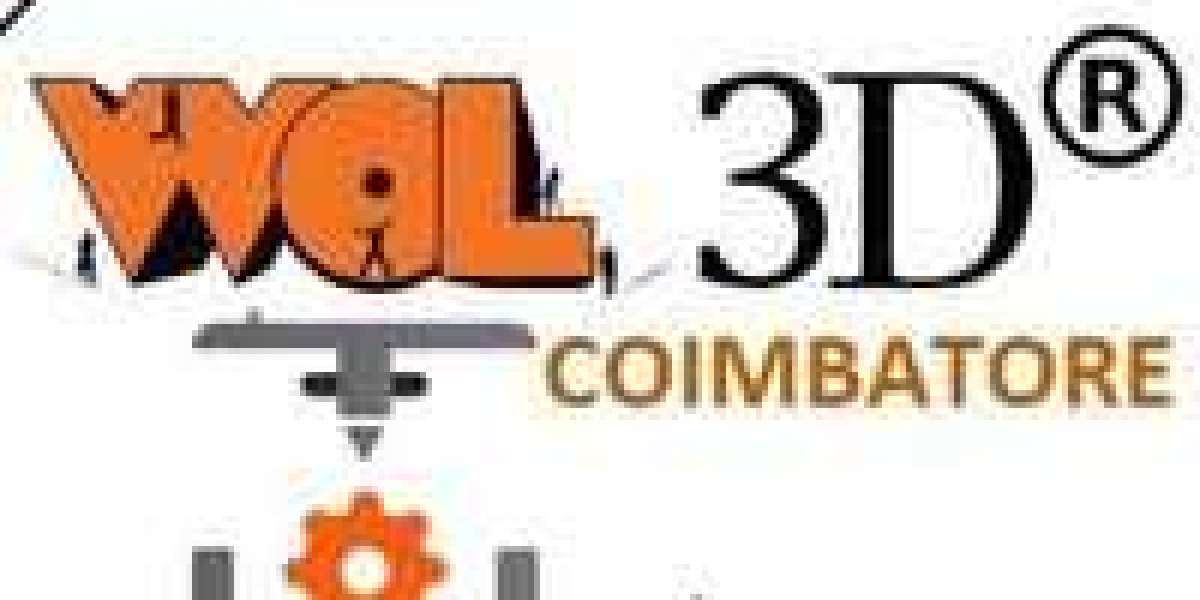When it comes to understanding the composition of substances, lipid percentage indicators play a crucial role in various industries. These indicators provide valuable information about the lipid content present in a sample, aiding in quality control, product development, and research. Let's delve deeper into the significance of exploring the use of lipid percentage indicators in different sectors.
The Importance of Lipid Percentage Indicators
Lipids are essential components of living organisms and are found in various forms such as fats, oils, and waxes. Monitoring the lipid percentage in food products, pharmaceuticals, cosmetics, and environmental samples is vital for ensuring product quality and safety. Lipid percentage indicators help in determining the nutritional value of food products, assessing the efficacy of skincare formulations, and analyzing environmental pollutants.
Applications in the Food Industry
In the food industry, lipid percentage indicators are used to measure the fat content in different food products. Whether it's determining the oil content in nuts and seeds or evaluating the fat content in dairy products, these indicators provide valuable insights for manufacturers and consumers alike. By exploring the use of lipid percentage indicators in food analysis, companies can ensure compliance with regulatory standards and meet consumer expectations for healthier food options.
Utilization in the Pharmaceutical Sector
Pharmaceutical companies rely on lipid percentage indicators to assess the lipid profile of drug formulations. Understanding the lipid composition of medications is crucial for drug stability, bioavailability, and efficacy. By incorporating lipid percentage indicators in pharmaceutical research and development, companies can optimize drug delivery systems, enhance therapeutic outcomes, and improve patient compliance.
Role in Environmental Monitoring
Environmental monitoring programs utilize lipid percentage indicators to analyze the presence of lipids in soil, water, and air samples. Lipids can serve as indicators of microbial activity, pollution levels, and ecosystem health. By exploring the use of lipid percentage indicators in environmental studies, researchers can track changes in lipid profiles over time, identify sources of contamination, and implement remediation strategies to protect the environment.
Exploring the use of lipid percentage indicators in various industries offers a wealth of opportunities for innovation, research, and development. From enhancing product quality to safeguarding public health and the environment, lipid percentage indicators play a vital role in diverse applications. By staying abreast of the latest advancements in lipid analysis technologies and methodologies, industries can continue to leverage the power of lipid percentage indicators for sustainable growth and success.








